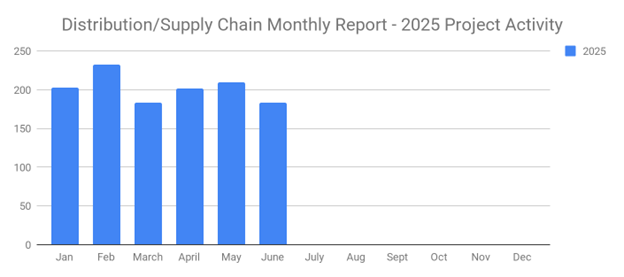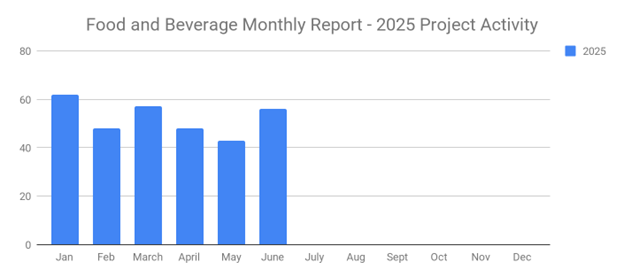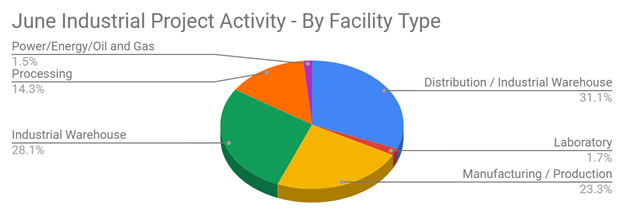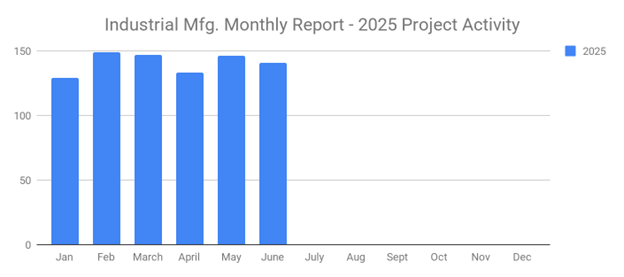
One of the most important steps in selling any product or service is defining your target market. In other words, you should focus your sales and marketing efforts on the B2B prospects who are most likely to buy your product or service. So, what factors should you consider when defining your ideal sales leads?
#1) Industry
First and foremost, consider the industry in which your company operates. If you sell material handling equipment, conventional wisdom should tell you that your target audience is manufacturing or distribution companies. If you sell medical office furniture, your target audience could be companies in the healthcase industry.
Think about your best clients, and the industry that they operate within... That is the easiest way to decide which industries to target. With that said, industry is only one piece of the puzzle when targeting prospects.
#2) Job Role
You should also consider the job role of your target audience. Using the example above, a B2B company's target audience would likely consist of upper-level business managers. Operations Director, supply chain manager, director of purchasing, facilities managers, etc, etc. These examples are contacts have greater decision-making power, and are typically easier to get in-front of than a CEO or CFO. Therefore, you should target the contacts that are directly involved in your product or service, rather than a top down selling approach.
#3) Location
Do you know where your target audience is located? Location data can help you identify which regions yield the most revenue potential and which ones yield the least.
Whether you sell locally, nationally or globally, you need to determine where exactly your target prospects are located. If you invest heavily into marketing your products or services here, you'll reap the benefits of increased sales. On the other hand, pouring money into an advertising campaign that targets an area in which your company experiences few-to-no sales is a waste of money (and time). The bottom line is that you should always consider the location of your target market when promoting a product or service.
#4) Trigger Events
Last but not least, consider any transitions within a company that would be a key buying signal. Perhaps its a corporate relocation, or an expansion of a manufacturing plant, or a tremendous YOY revenue growth curve.
If you can identify any of these "indicators" that would mean an eventual demand for your product or service; then you will achaive a greater level of sales efficiency.
By integrating all four of these elements into your prospect targeting efforts – industry, job role, location and trigger events – you'll have an easier time generating sales. These are the individuals who are more likely to buy your products or services.
What to learn more? Get in Touch
Latest Posts
-

June's New Distribution and Supply Chain Planned Projects Return to March’s 183 Confirmed Figure
-

Food and Beverage Rebounds with 56 New Planned Projects Igniting Growth After Decline
-

June 2025’s New Industrial Construction Projects Grew 7% Month-Over-Month
-

Q2 Industrial Manufacturing Soars 31% for Planned Projects Over $100M; June Planned Industrial Projects Hit 141

